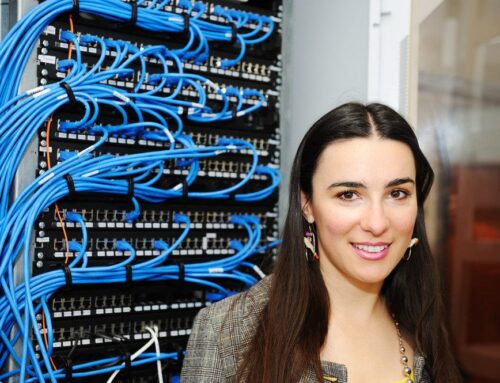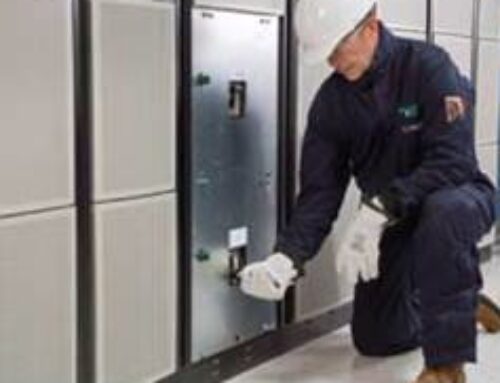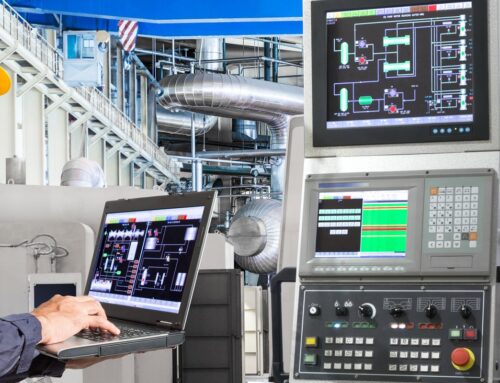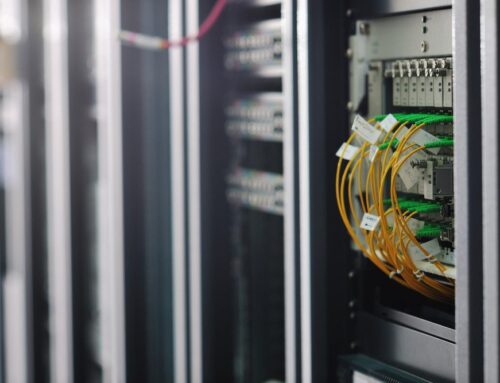Data centers dissipate a lot of heat energy as the servers run continuously. The high temperature needs to be controlled, necessitating an effective air conditioning system. The air conditioning system also needs to be energy efficient given that they play a key role in data center energy management services. Experts approximately that about 40% of the total operational costs of data centers come from the energy needed to cool it.
Understanding the fundamental principles of air conditioning is essential when you are specifying, operating, or maintaining a cooling process. Improper cooling significantly reduces the life span of the data center equipment. Additionally, data centers need efficient air conditioning to secure the information stored in the servers.
Bearing in mind the importance of a data center air conditioning, it’s worth examining the various data center cooling technologies that are available today.
1. CRAC Units
These are computer room air conditioner units. They have heat exchangers that are connected to refrigeration units to get rid of heat from the server racks. Some can humidify or dehumidify the air to control static electricity in the air. Filters are found inside to remove dust as well as distribute the air in the room. For optimal efficiency, the CRAC units use energy-efficient filters and pressure sensors to precisely control the supply rate, placing temperature sensors to control the supply temperature as this matches the actual intake.
2. Hot and Cold Aisles
This strategy is an excellent improvement on the previous designs because you will find that it separates the fresh cold air from the hot discharge air stream. The cold air aisles feature cold air inlets on the face front of the racks, while the hot air aisles consist of hot air exhausts on the back of the racks. Hot air is expelled into the air conditioning intakes to be chilled then vented through the cold isles. Blanking panels fill the empty racks to control overheating or wasted cold air.
3. Raised Floor
The servers are positioned in a way, so all the server racks are facing the same direction. The server racks faced different ways in earlier models, which proved inefficient, leading to higher energy consumption. A frame raises the data center floor above the building’s concrete floor. Spaces between them increase airflow. It has proved to be a cheap yet effective data center air conditioning system.
4. Cold Aisle Containment
The process uses doors on the ends of cold isles that lets in cold air that fills the aisles. The hot air discharge fills the data center room as the CRAC units pull in the air for reconditioning. Cold air containment is a preferred option for data centers because it is easy and convenient to implement.
5. Hot Aisle Containment
For the strategy here, the cold air fills the room, and hot air is discharged through the ceiling. The intake for the CRAC unit pulls this hot air out for reconditioning. This hot aisle containment provides superior performance and is suited for new buildings as it costs more to install.
6. Data Center Free Cooling
This data center air conditioning method is popular with mega data centers. No refrigeration plant is required because the ambient air is sucked into the center through louvers. It is then filtered heavily and humidified before being released to circulate inside the data center critical environments.
In Conclusion
Data centers air conditioning utilizes cooling systems to remove heat generated by IT equipment. Precision cooling mechanisms can effectively ensure optimized cooling solutions reducing the risk of thermally induced downtime.






